Discover innovative alternatives to plastic that can significantly reduce your environmental footprint and help pave the way towards a greener future.
Plastic has become an integral part of our daily lives. From packaging materials to household items, we rely heavily on plastic products.
However, the overuse of plastic has led to severe environmental consequences. It takes hundreds of years for plastic to decompose, and it poses a significant threat to our oceans and wildlife.
Fortunately, there are alternatives that can replace plastic without sacrificing convenience or functionality. In this article, we’ll explore 20 creative ideas for replacing plastic in your daily life.
So let’s dive into the world of sustainable alternatives and discover how we can make a difference!
Bamboo Products

Bamboo products are a great alternative to plastic. Bamboo is a fast-growing plant that can be harvested in just three to five years, making it an incredibly sustainable material.
It’s also naturally antibacterial and doesn’t require any pesticides or fertilizers to grow, which makes it an eco-friendly choice.
There are many bamboo products available on the market today, including bamboo utensils, cutting boards, straws and even toothbrushes. These items are durable and long-lasting while being biodegradable at the end of their life cycle.
One of the best things about using bamboo products is that they’re easy to find in stores or online retailers like Amazon.
Glass Containers
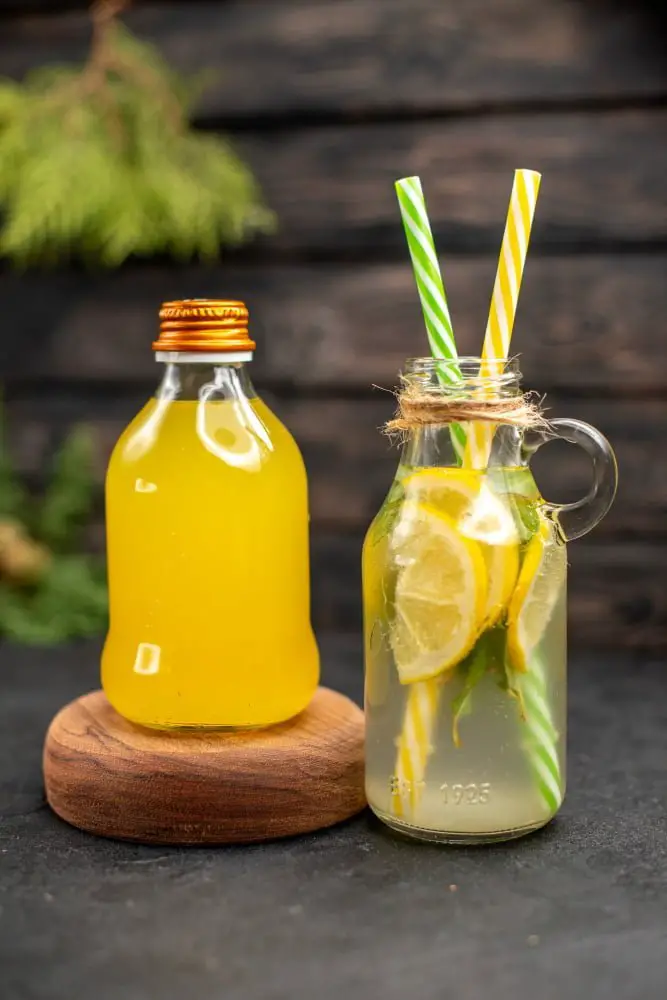
They are durable, reusable, and recyclable. Glass is also non-toxic and does not contain harmful chemicals that can leach into food or drinks.
Glass jars and bottles come in various sizes, making them perfect for storing different types of products such as sauces, spices, oils or beverages.
One of the biggest advantages of glass containers is their ability to be reused multiple times before recycling. This makes them an eco-friendly option that reduces waste production significantly compared to single-use plastic packaging.
Moreover, glass has excellent barrier properties which means it keeps food fresh for longer periods without affecting its taste or quality. It’s also microwave-safe and dishwasher-safe which makes it easy to clean and use on a daily basis.
Reusable Bags
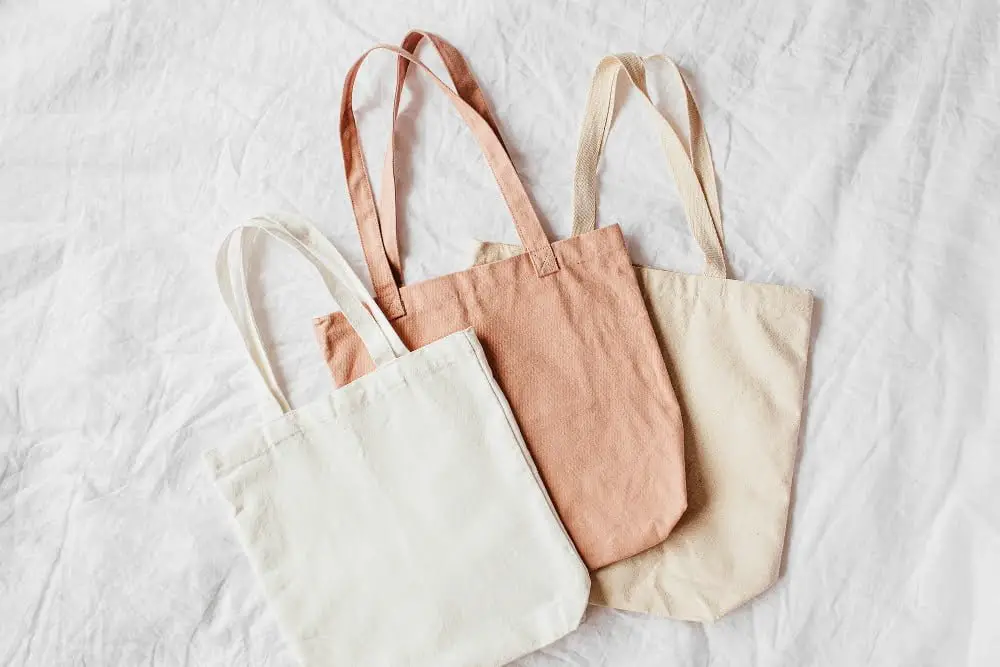
They come in different sizes, shapes, and materials such as cotton, canvas or jute. Reusable bags can be used multiple times and are durable enough to carry heavy items like groceries or books.
They also reduce the amount of waste that ends up in landfills and oceans since they can be washed and reused many times over their lifespan.
Moreover, reusable bags have become trendy fashion accessories with various designs available on the market. Some stores even offer discounts for customers who bring their own reusable bag instead of using single-use plastic ones.
However, it is important to note that not all reusable bags are created equal; some may still have negative environmental impacts depending on how they were produced or disposed of at the end of their life cycle.
Edible Cutlery
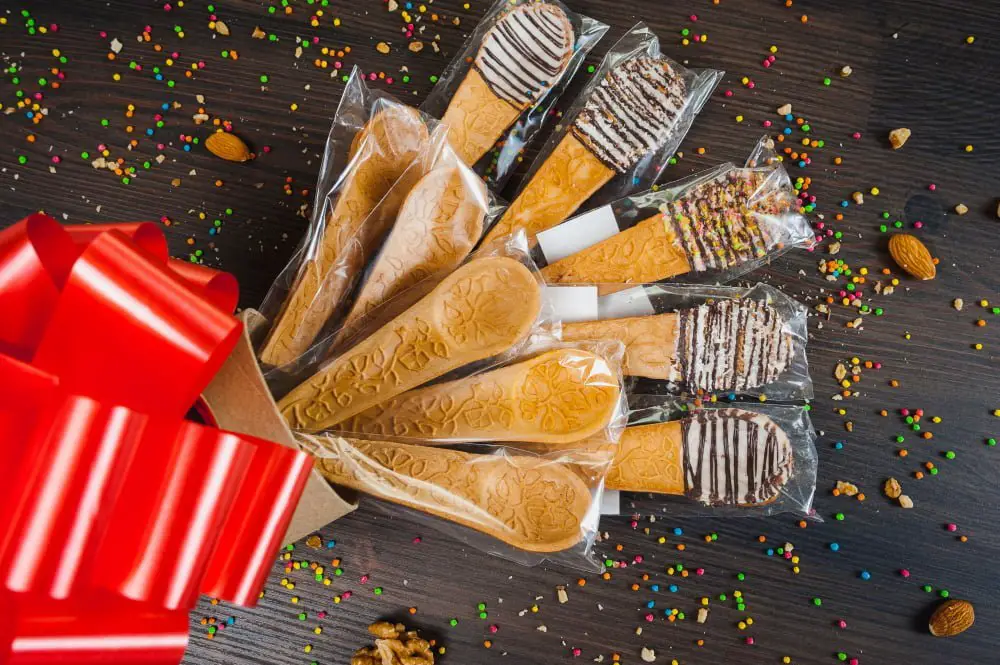
Made from natural ingredients such as wheat, rice, or corn flour, these spoons are not only eco-friendly but also edible. They come in different flavors like sweet or savory and can be used for hot or cold food items.
One of the biggest advantages of using edible cutlery is that it eliminates the need for single-use plastic utensils which take hundreds of years to decompose. Moreover, they do not contain any harmful chemicals making them safe for consumption.
Another benefit is that they reduce waste since they can be eaten after use instead of being thrown away like traditional plastic spoons. This makes them an ideal option for outdoor events where there may not be proper disposal facilities available.
Metal Straws
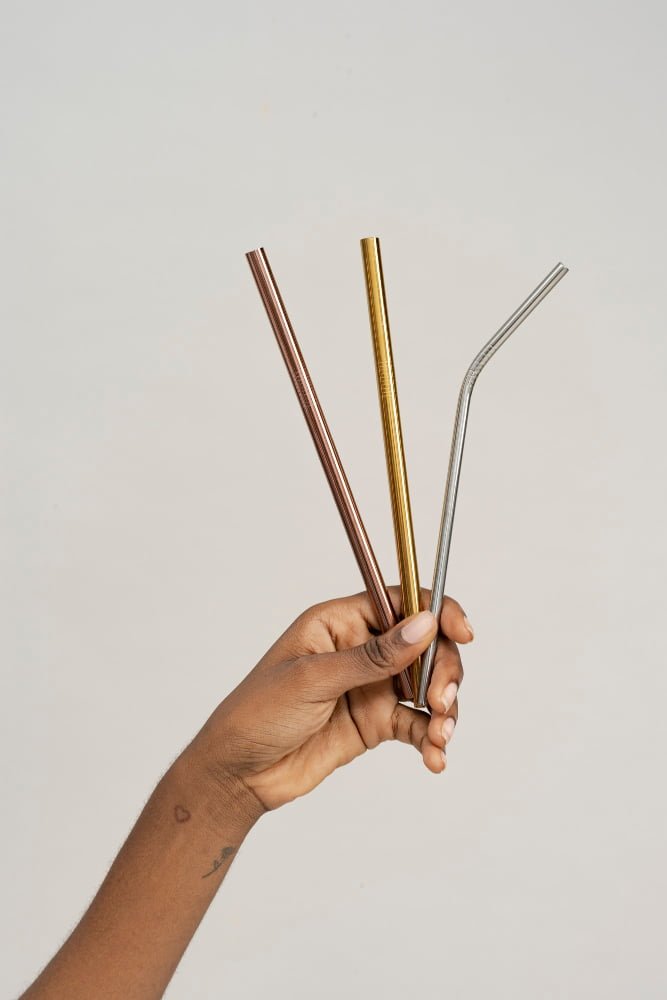
They are durable, reusable and easy to clean. Metal straws come in different sizes and shapes, making them suitable for various types of drinks such as smoothies or cocktails.
Some metal straw sets even come with cleaning brushes that make it easier to remove any residue from the inside of the straw.
One advantage of using metal straws is that they can be used over and over again, reducing waste significantly compared to single-use plastic alternatives. Some companies offer personalized metal straw sets which can be a fun way for individuals or businesses alike to promote their brand while also being environmentally conscious.
Silicone Storage Bags
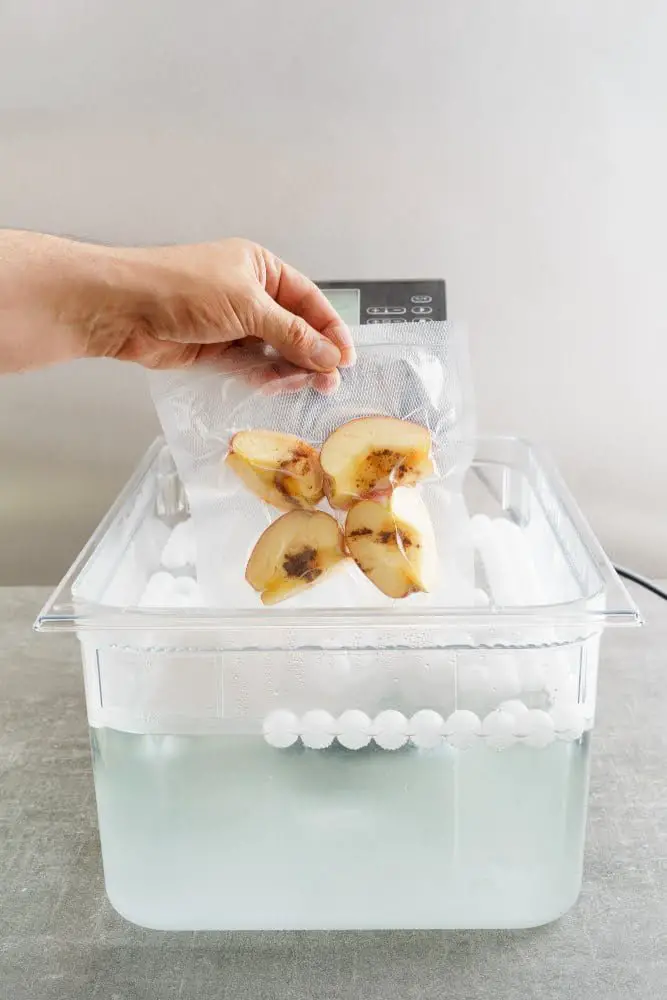
They are made of food-grade silicone, which is non-toxic and does not contain any harmful chemicals. These bags can be used for storing food in the fridge or freezer, packing snacks for on-the-go, or even cooking sous vide.
One of the biggest advantages of silicone storage bags is that they are reusable. Unlike single-use plastic bags that end up in landfills after one use, these can be washed and used over and over again.
This makes them an eco-friendly option that helps reduce waste.
Another benefit of silicone storage bags is their durability. They do not tear easily like traditional plastic baggies do, so you won’t have to worry about your food spilling out or getting freezer burn.
Beeswax Wraps

They are made from cotton fabric coated with beeswax, jojoba oil, and tree resin. The warmth of your hands softens the wax and allows you to mold it around food or containers just like plastic wrap.
Beeswax wraps can be washed with cold water and mild soap, then air-dried for reuse. They last up to a year depending on usage before needing replacement.
Not only do they reduce waste by replacing single-use plastics in the kitchen but also help keep food fresh longer due to their breathable nature that prevents moisture buildup while still allowing oxygen flow which is essential for some foods like cheese or bread.
Cornstarch Packaging
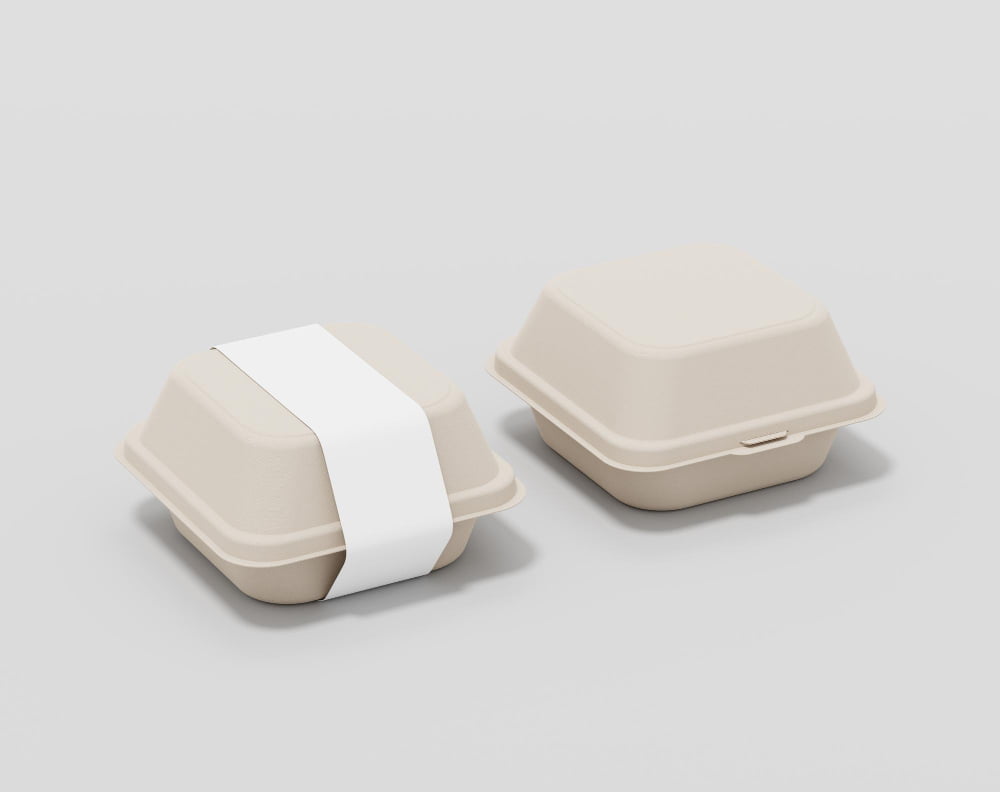
It is made from corn starch, which is a renewable resource and can be easily composted. Cornstarch packaging has similar properties to plastic but breaks down much faster in the environment, reducing waste and pollution.
This type of packaging can be used for food products such as takeout containers or even electronics like phone cases. While it may not yet be widely available, cornstarch-based materials are becoming more popular as people look for eco-friendly alternatives to single-use plastics.
Paper Bottles

These are made from sustainable materials such as bamboo, sugarcane, and wood pulp. The inside of the bottle is coated with a thin layer of plastic or plant-based material to prevent leakage.
Paper bottles are lightweight and easy to recycle, making them an eco-friendly option for packaging beverages like water or juice. They also have a lower carbon footprint than traditional plastic bottles since they require less energy during production and transportation due to their lighter weight.
Some companies have already started using paper bottles for their products in an effort to reduce waste and promote sustainability in the industry.
Wooden Utensils
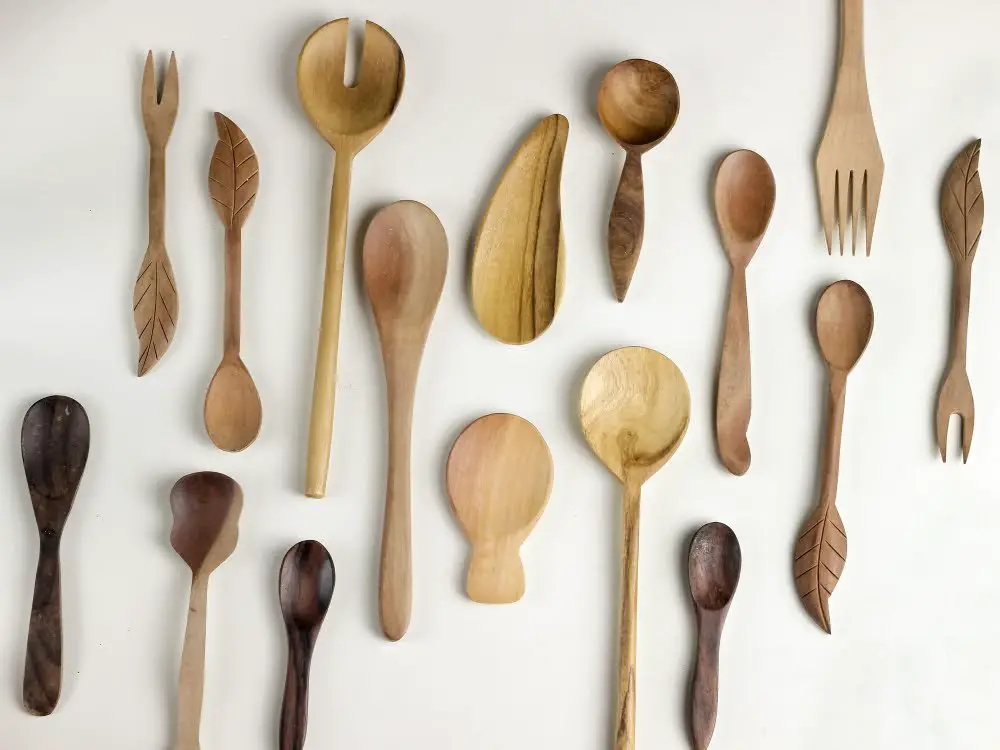
Wooden utensils are made from renewable resources and can be easily composted at the end of their life cycle. They come in a variety of shapes and sizes, including spoons, forks, knives, spatulas and more.
Wooden utensils are also durable and long-lasting if they are properly cared for.
One thing to keep in mind when using wooden utensils is that they should not be soaked or put in the dishwasher as this can cause them to warp or crack over time. Instead, wash them by hand with warm soapy water after each use.
Biodegradable Plastics
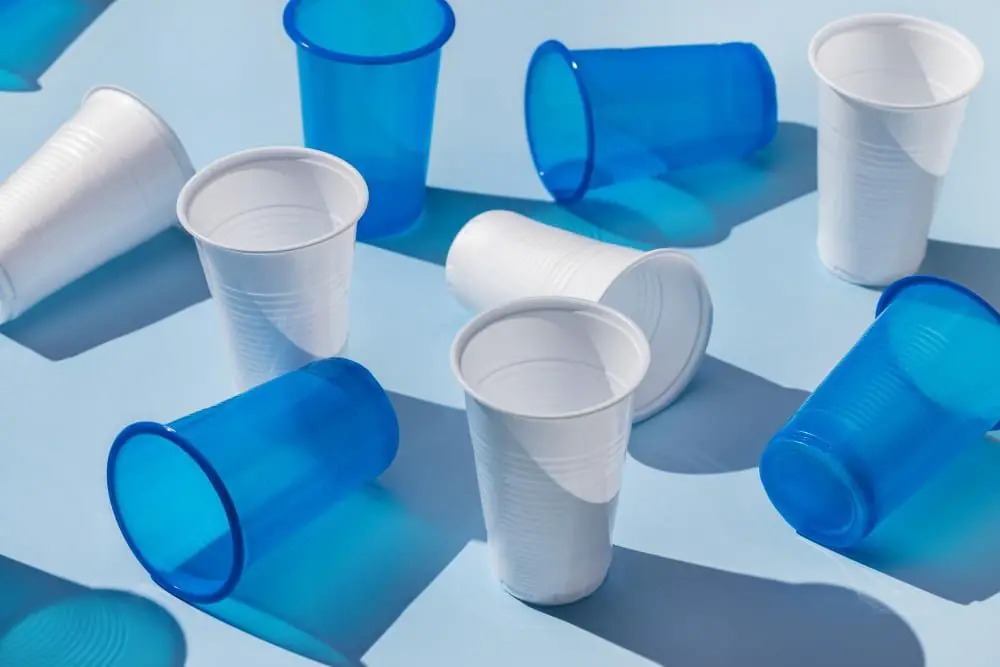
These materials can break down naturally in the environment, reducing their impact on ecosystems and wildlife. Biodegradable plastics are made from plant-based materials such as cornstarch or sugarcane, which means they do not rely on fossil fuels for production.
However, it is important to note that biodegradable plastics still require specific conditions to decompose properly. They need exposure to sunlight and oxygen in order for microorganisms present in soil or water bodies to break them down into natural elements like carbon dioxide and water.
Moreover, some biodegradable plastics may release harmful chemicals during decomposition if they are not disposed of correctly. Therefore, proper disposal methods must be followed when using these products.
Seaweed-based Materials
Seaweed is a renewable resource that grows quickly and does not require any fertilizers or pesticides. It can be used to make various products, including packaging, food containers, and even clothing.
One of the advantages of seaweed-based materials is their biodegradability. They break down naturally in the environment without leaving harmful residues behind.
They have low carbon emissions during production compared to traditional plastics.
Several companies are already exploring seaweed as an alternative material for packaging and other applications. For example, Evoware has developed edible food wrappers made from seaweed that can be eaten along with the contents inside them.
Mushroom Packaging
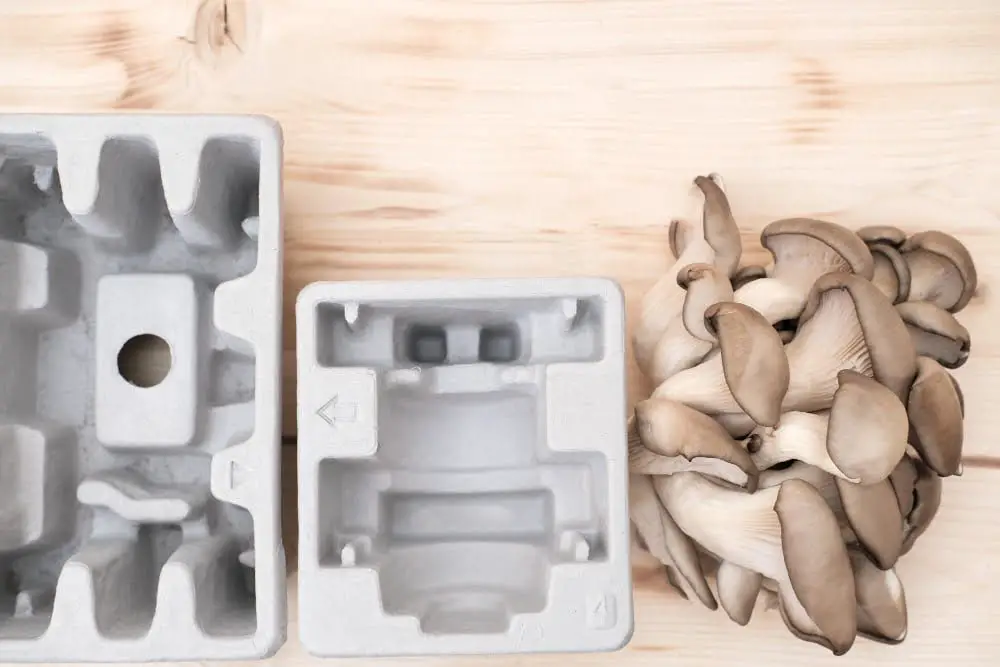
It is made from mycelium, the root structure of mushrooms, and agricultural waste such as corn husks or sawdust. The mycelium grows around the waste material and forms a strong, durable material that can be molded into various shapes.
Mushroom packaging has several advantages over traditional plastic materials. It is biodegradable and compostable, meaning it will break down naturally in soil without leaving harmful microplastics behind.
Mushroom packaging requires less energy to produce than traditional plastics since it does not require petroleum-based products.
Several companies have already started using mushroom packaging for their products including Dell computers who use them for cushioning their servers during shipping instead of foam padding which takes hundreds of years to decompose in landfills.
Cardboard Boxes

They are made from recycled paper and can be easily recycled again after use. Cardboard is also biodegradable, which means it will break down naturally over time without harming the environment.
In addition to being eco-friendly, cardboard boxes come in various sizes and shapes, making them versatile for different types of products. They can also be customized with branding or designs that make them stand out on store shelves.
One downside of using cardboard boxes is that they may not provide as much protection as plastic packaging for fragile items during shipping or handling. However, this issue can often be addressed by adding additional cushioning materials inside the box.
Aluminum Cans
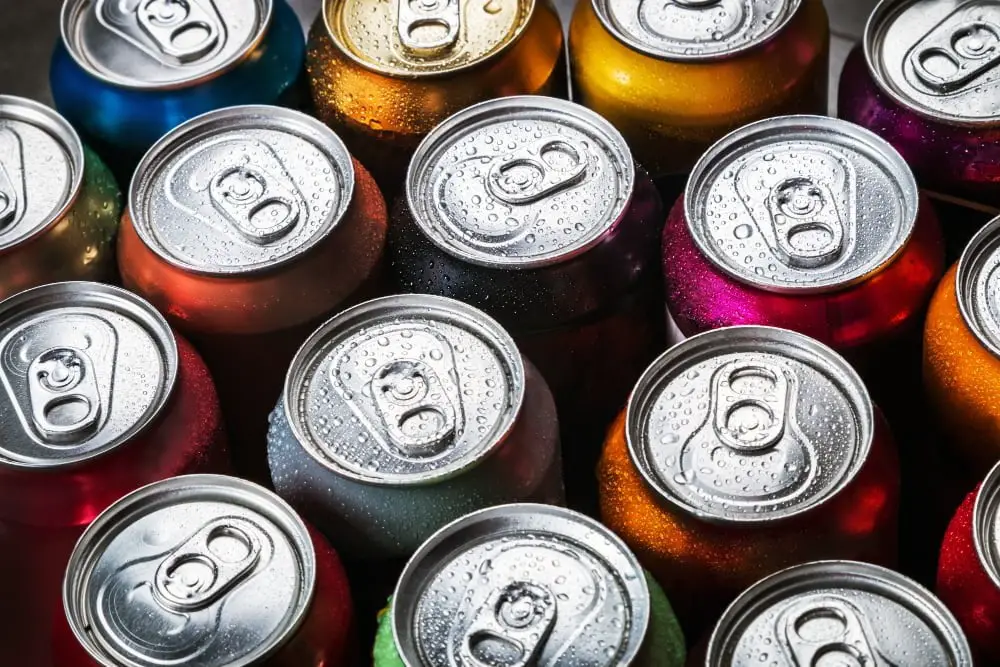
They are lightweight, durable, and can be recycled infinitely without losing their quality. In fact, aluminum is one of the most recyclable materials on the planet with over 75% of all aluminum ever produced still in use today.
Recycling an aluminum can saves up to 95% of the energy needed to produce a new one from raw materials.
Moreover, using aluminum cans reduces carbon emissions as they require less energy during transportation due to their light weight compared to glass or plastic containers. Aluminum also has excellent insulation properties which means it keeps beverages colder for longer periods than other packaging options.
Reusable Water Bottles
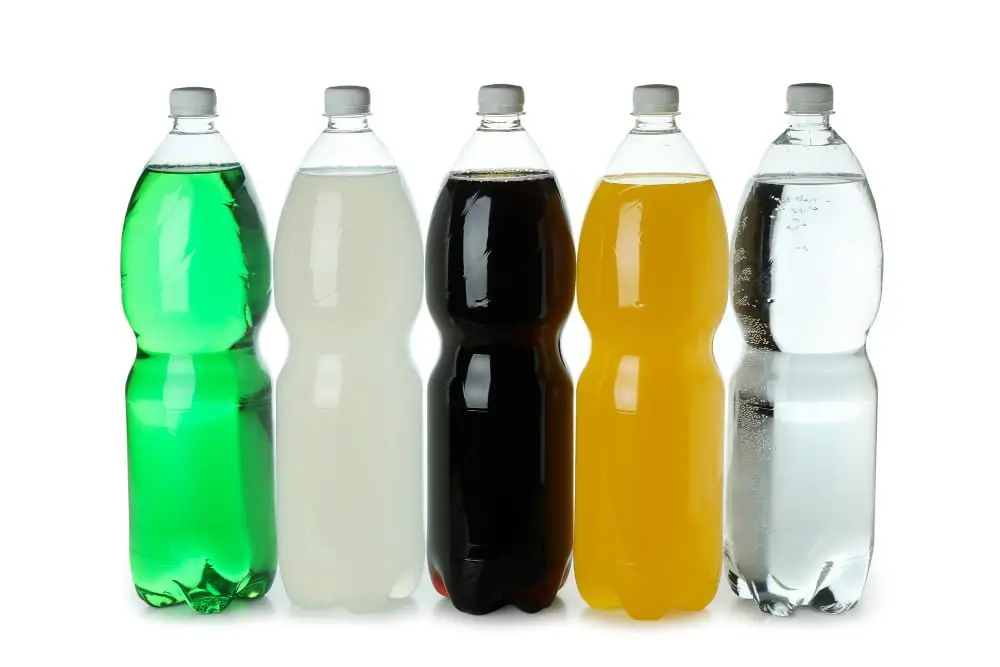
They come in various sizes, shapes, and materials such as stainless steel, glass or BPA-free plastic. Reusable water bottles can be refilled multiple times and are easy to clean.
Moreover, they help reduce the amount of waste generated by disposable plastic water bottles which take hundreds of years to decompose in landfills or oceans causing harm to wildlife and ecosystems. By using reusable water bottles we can make a significant impact on reducing our carbon footprint while staying hydrated throughout the day!
Fabric Produce Bags
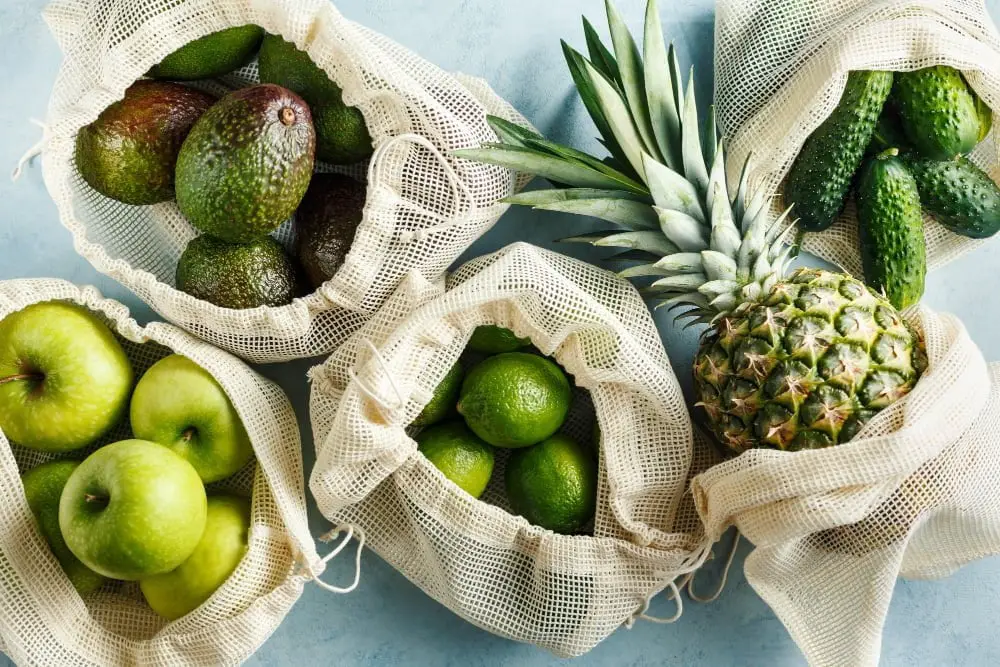
These are reusable and washable, making them a great option for grocery shopping. They come in different sizes and materials such as cotton, mesh or muslin.
Fabric produce bags can be used not only for fruits and vegetables but also bulk items like grains or nuts.
They are lightweight yet durable enough to hold heavy items without tearing apart. Moreover, they allow air circulation which helps keep the produce fresh longer than plastic packaging would do.
Using fabric produce bags reduces waste by eliminating the need for single-use plastic ones that end up in landfills or oceans harming wildlife and polluting our planet.
Recycled Paper Products
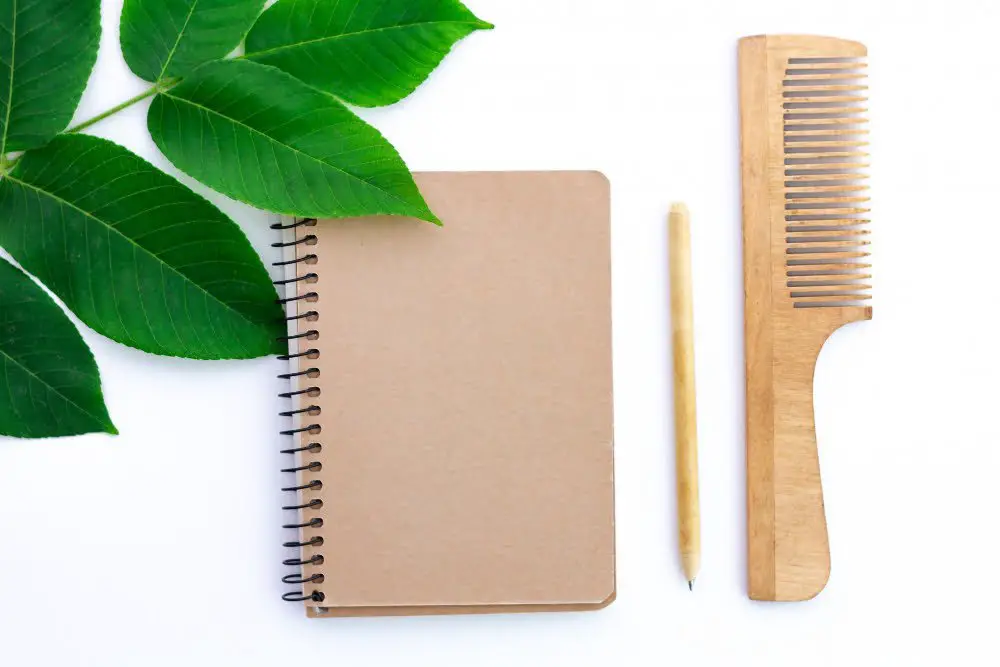
They are made from post-consumer waste, which means that they reduce the amount of waste in landfills and save trees. Recycled paper can be used for various purposes such as packaging, tissue papers, notebooks, and even furniture.
One of the benefits of using recycled paper products is that they require less energy to produce than virgin paper products. This reduces greenhouse gas emissions and helps combat climate change.
Another advantage is that recycled paper can be easily biodegraded or composted after use without causing harm to the environment. It also saves water since it requires less water during production compared to virgin pulp.
Liquid Wood
It is made from natural materials such as lignin, which is a byproduct of the paper industry. Liquid wood can be molded into various shapes and forms, making it an ideal substitute for traditional plastics in many applications.
One of the benefits of liquid wood over plastic is that it does not release harmful chemicals when decomposing. Instead, it breaks down naturally without leaving any toxic residue behind.
Another advantage of liquid wood is its durability and strength. It has been used in various industries such as automotive manufacturing, construction, and furniture production due to its high resistance to heat and moisture.
Cassava Starch Films
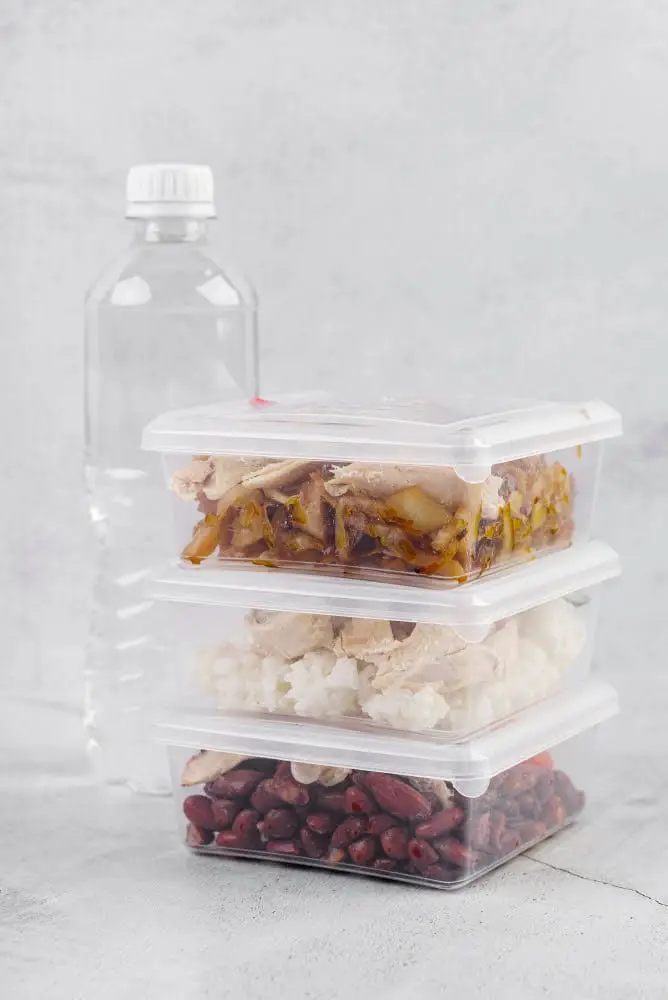
Made from cassava, a root vegetable that is abundant in tropical countries, these films are biodegradable and compostable. They can be used for food packaging, shopping bags, and even as cling wrap for leftovers.
One of the advantages of cassava starch films is their ability to break down naturally without harming the environment. Unlike traditional plastics that take hundreds of years to decompose and release harmful chemicals into the soil and waterways.
Moreover, Cassava starch film has excellent mechanical properties such as high tensile strength which makes it suitable for various applications including food wrapping material with good oxygen barrier properties.
As more consumers become aware of environmental issues caused by plastic waste pollution; companies have started exploring alternatives like cassava-based products which offer an eco-friendly solution while still maintaining functionality at an affordable cost.
Recap




